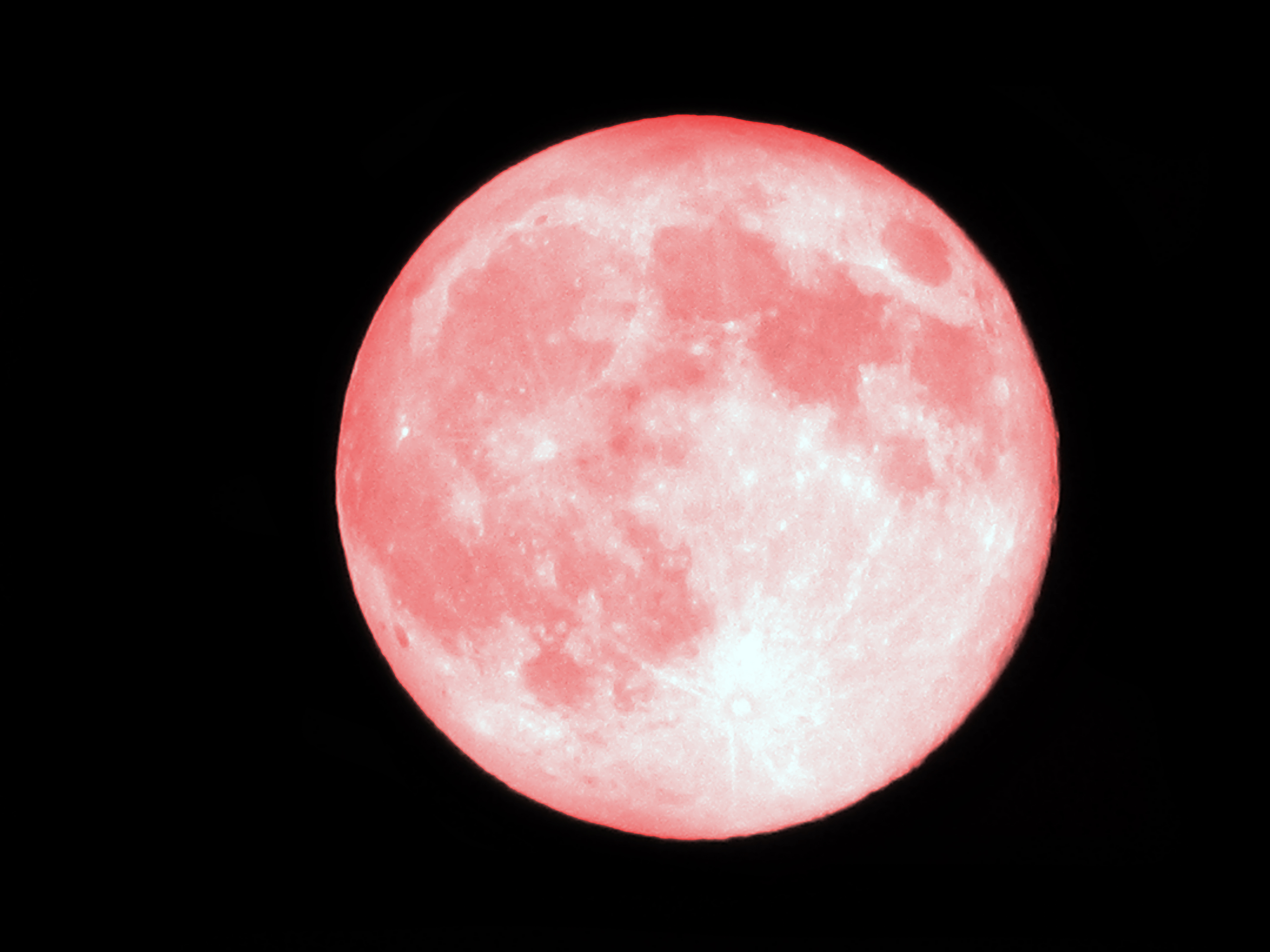

There are connections, too, in how the two albums were made. Pink Floyd’s Dark Side of the Moon (left) and Daft Punk Random Access Memories. And in both cases it worked: Money and Get Lucky were vast hits, titanic flashes of pop songwriting that live parallel to the contemplative albums from which they came. (Or not yet, anyway: 1979’s Another Brick in the Wall has a distinct disco flavour.) But, as with Dark Side’s Money, RAM songs such as Get Lucky and Lose Yourself to Dance proved that Daft Punk could place radio-friendly pop cuts alongside darker, dreamier album moments. RAM’s songs are sad, pondering works, unsure of their place in the universe, a hair’s breadth from the perfectly measured desperation of Pink Floyd’s leisurely masterpiece.īut what about RAM’s other seven songs – the upbeat, disco- and collaborator-heavy numbers that made up the bulk of the album’s promotional weight? Disco barely existed back in 1972, when Pink Floyd were recording Dark Side, so it is no surprise that this band of uptight Cambridge bluesmen took nothing of its influence.
#Pink full moom portable
The synth line that snakes into RAM’s Beyond is a celestial cousin to the flickering trails of the portable modular synth EMS Synthi A on On the Run Motherboard has a totally cosmic break down, which mirrors Dark Side’s distinctive sense of astral abandonment and Contact’s use of proggy, orchestral synths and mysterious Nasa samples feels very much in line with Floyd’s disjointed spoken-word vocals. Both bands came from comfortably middle-class backgrounds and fell in love with Black music
#Pink full moom series
The chord sequence and vocal melody of RAM’s The Game of Love have all of that album’s masterfully languid angst Within nails the space-y chill that the psych rock band buffed to perfection and the intro to Touch – a series of keyboard blips that float around on the howling rush of the void – is pure Floyd, somewhere between On the Run and Us and Them. With that song’s prog tang unlocked, I started to hear it all over the album. (It is no surprise that an enterprising music fan has created a mash up of Horizon with the vocal from Pink Floyd’s follow-up Wish You Were Here).īut RAM’s essential Dark Side energy doesn’t just reside in Horizon. The subtle shade of a drum machine aside, Horizon could pass for a long-lost Dark Side outtake.

It is one of the least electronic songs ever to be released by a duo of electronic musicians: four-and-a-half minutes of horizontal space vibes, which stretch out on a base of acoustic guitar, soothing keyboard trills and Greg Leisz’s celestial pedal steel.

The inflection point in my thinking was Horizon, a Japanese-edition bonus track on RAM, which is getting a full release as part of the album’s extravagant new triple-LP reissue. And the 10th anniversary reissue of RAM, which arrives on 12 May (coincidentally less than two months after the 50th anniversary edition of Pink Floyd’s legendary eighth album) will help to prove it. It took me years to come to peace with this beguiling, if confounding, album, until one day the refracted light came on and the pre-decimal penny dropped: Random Access Memories was the 21st century Dark Side of the Moon. While the reviews were largely positive, a significant swathe of the band’s fanbase wondered why they had swapped techno for soft rock. F ew records in the 21st century have divided a band’s fans as much as Daft Punk’s fourth studio album, Random Access Memories.


 0 kommentar(er)
0 kommentar(er)
